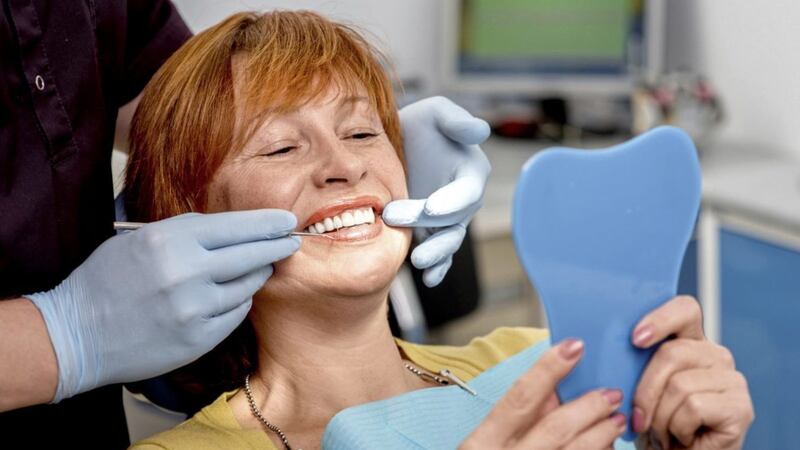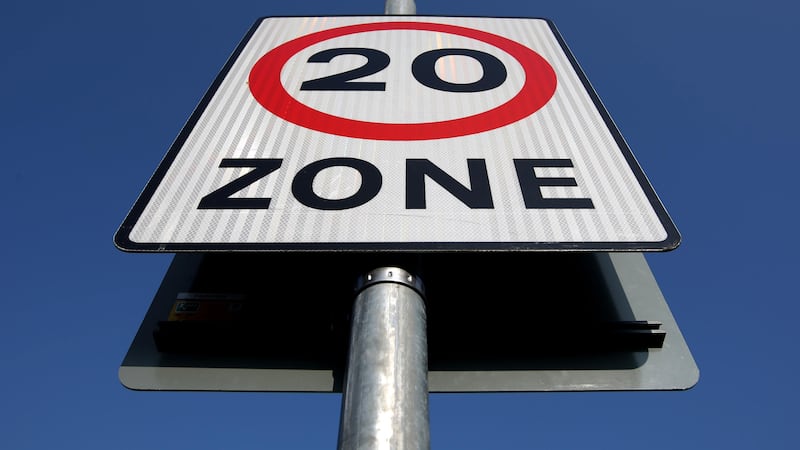MANY people don't notice the difference if they lose just one tooth. However, fast-forward a few years and, if all the top teeth have gone, it tends to be a different story.
While top dentures aren't an issue for some, for the majority they become tired of a lack of stability that gets worse over time as the bone shrinks even more.
Eating becomes a drag as the denture slips around and food selection requires more thought to avoid anything too hard or sticky.
Food just doesn't taste as good when you wear a top denture. Not only do denture fixative glues seep out the sides, altering the taste of the food, but the taste buds in the palate are covered with acrylic, reducing the enjoyment of taste even more.
The vast majority of denture wearers can solve most of their issues by having dental implants placed to secure their teeth better.
However there are a small number of patients who up until recently have been unable to have dental implants due to the lack of bone in their top jaw. These patients have been known as 'dental cripples' as their every day lives are affected.
Now patients who were previously deemed unsuitable for dental implants or required extensive bone grafting can now be treated with specially designed implants called Zygomatic implants.
They present a unique opportunity for patients who have denture problems in their top jaws.
Normally in the Zygomatic implant procedure, four implants are placed on to which a bridge with the top teeth are placed. Usually, when there’s very little bone, the implant dentist would conventionally recommend taking bone from the hip to bulk out the jaw bone – but the Zygomatic technique doesn't need to use bone grafts which could involve several days in hospital plus all the down time.
After the initial consultation with the implant dentist, there are a few appointments to measure up for the new bridge teeth. Then the procedure is carried out under local anaesthetic combined with intra-venous sedation to give a more relaxed experience.
In certain cases, the patients are able to have the implants and bridge fitted at one appointment so that the patient is able to eat with their new teeth same day, no denture fixatives or acrylic covering the palate.
After healing, a second bridge can be made for the long term. This is a specialist treatment that can really improve day-to-day lives for some patients.



